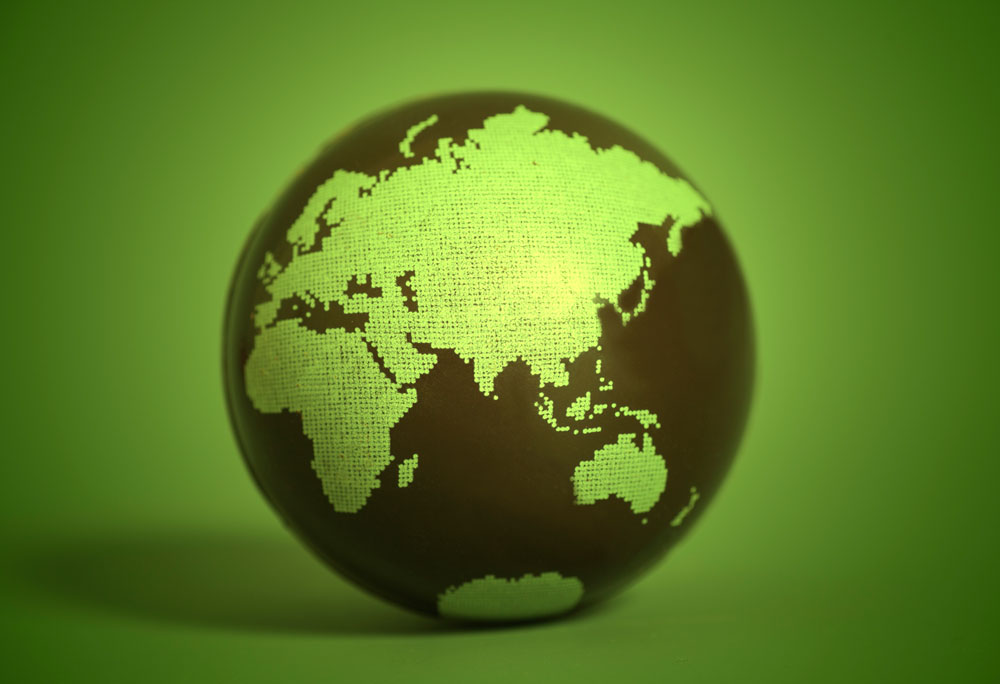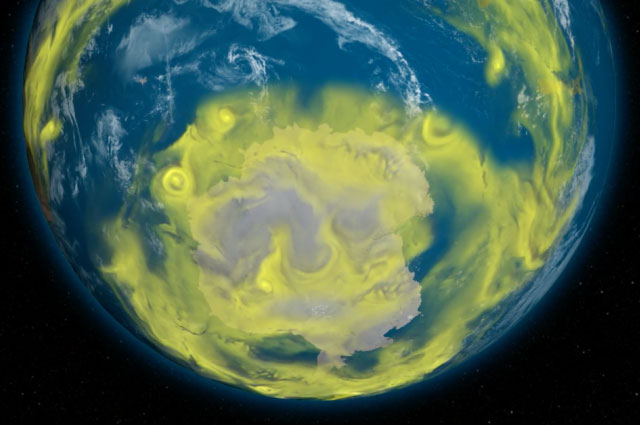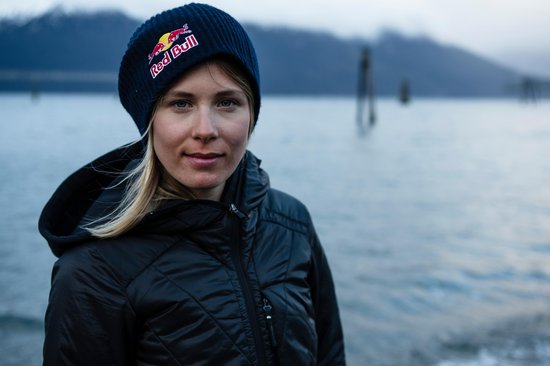
If you’ve been paying attention to the news in the last few weeks, you might have got the sense that the apocalypse is very much upon us. With all of the economic and political turmoil in the world right now, it would be no surprise if your anxiety levels had gone through the roof. But out of the doom and gloom, we’re happy to report that a more positive news story has come to light. The hole in the ozone layer is rapidly shrinking.
The ozone layer plays an extremely important role in protecting Earth from the sun’s UV radiation. By the mid-1980s, scientists had made the connection between chemical compounds contained with aerosols and refrigerators called chlorofluorocarbons (CFCs) and an annual depletion of the ozone occurring above Antarctica. This prompted huge concern within the international community, and led to CFCs being banned by virtually every single country in the world.







